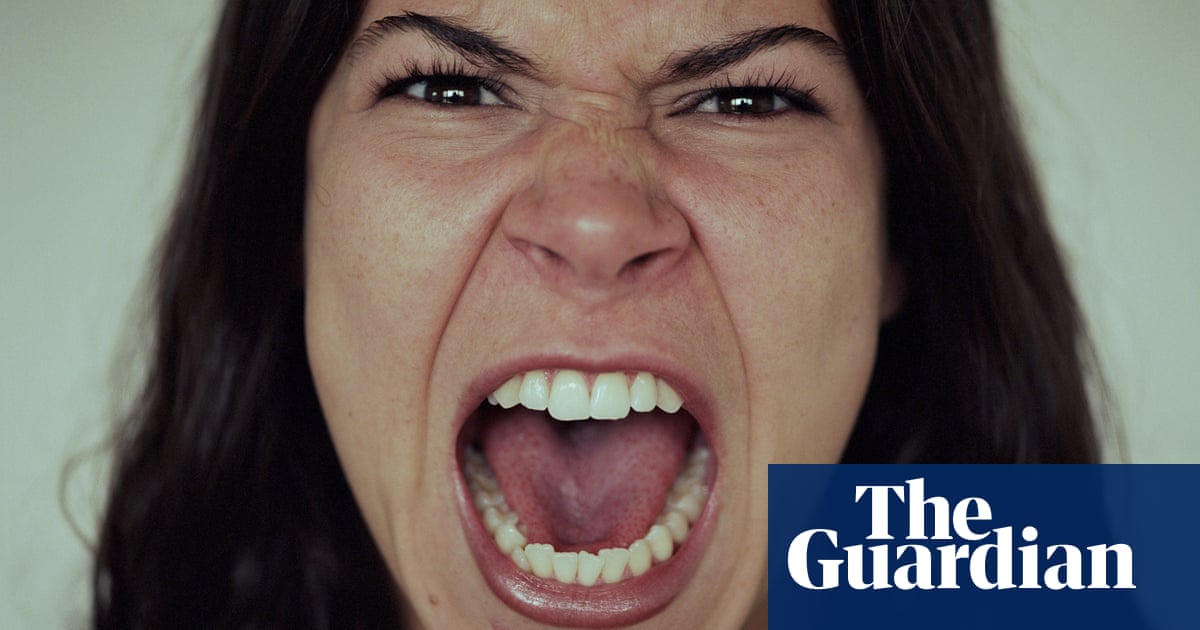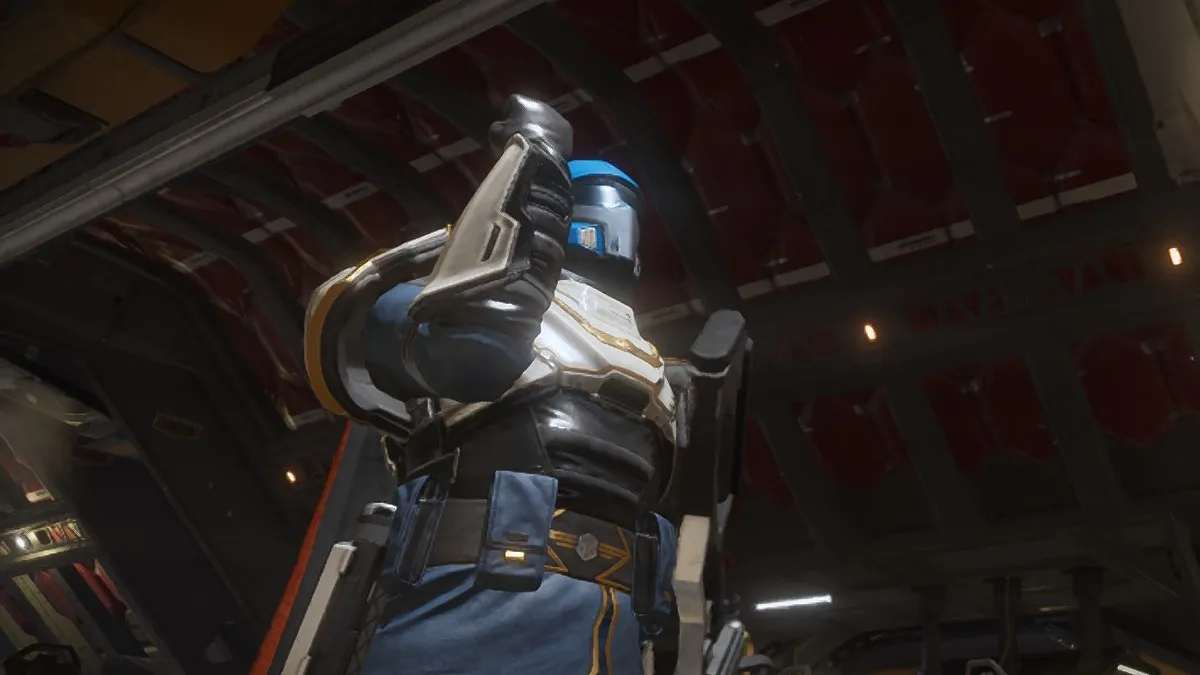While the world of packaging design is extremely nuanced, there are several key things you can do to make sure your product stands out. Retailers spend about 90 seconds on average deciding whether or not to stock your product. So, you need to make sure they don’t miss the mark. For some simple tips on how to design a box that looks great, stores well, and sells more of your products, brands fight for a place. What is a good way to store and sell your product with good package? Some asked to other this question for a client that was making new products.

After experimenting with different shapes of boxes, it is found that some were prettier than others. And they were easier to store in stores compared to round ones. The good shape made it much easier to stack them on top of each other when customers bought several retail packaging printing at once. Square-shaped boxes also saved space in warehouses because they can be stored horizontally rather than vertically like round ones.
Designing a box isn’t as easy as it might seem. It’s a big responsibility to be the one who designs the packaging for a company. You want it to look great, store well in warehouses and sell more of your product in stores.
1) Make sure the design is consistent with your brand identity
2) Use all available space so people can see what they’re buying
3) Include information about how it should be treated when opened
4) Consider using inserts or different size boxes
5) Don’t forget to include instructions on how to return if needed.
Designing a box that sells
The best way to design a box that sells is to make it beautiful and make it big. If you can make your customers fall in love with your product, then they’ll be more likely to buy it. You should also put money towards the bulk of your customers.
Retailers often rely on a single website to sell their products. They want the prices to be higher than what they could be, but if this is all you can see, it’s hard to find people happy with the price and who want more of these products. You might want to give other retailers a chance too by adding more selections for customers looking for low prices.
Use color to grab attention
Color is important in design. It can make or break the way people feel about something. There are certain colors that grab attention more than others, like reds and yellows. Pay attention to which professionals and sellers are using when they write their reviews and adjust accordingly with your color choices. If you are using color on your website graphics, test different versions to see which one sells best. Ask stores that sell lots of colors for the colors that are popular. If you want to use a trendy color, do some research to see if similar colors sell well. Then you can use this color in many presentations, including brochures and signs. Finally, ask the producer what are selling well in their shops.
Make effective use of space in your packaging design
When it comes to creating a good-looking package design, don’t forget that there’s more to it than just making it look pretty. Your package design also needs to be functional and well-thought-out.
Helps Your Visitors Easily Access the Product
Packages that are easy to open often win eye-catching headlines. But your product’s manufacturer information can get lost among frequently accessed secondary details. When you package your product, take extra steps to ensure that the information in your magazine is easily accessible.
Buy boxes, bags, and other containers. Make sure they will not open when you open them up. They can be a great gift for kids who want to play with them.
New accessories for your magazine can add tags and dividers so it is easier to use.
Dressings and other add-ons should be easy to access so people do not forget them when they are on the move all the time.
If you’re not careful about product shrinkage, it could lead to physical issues to real people. Check the following things about your magazine before you send it out into the wild.
Leave room for branding and messaging
This is tempting to put your logo on every page of the site. But it’s not always best to do that. Leave some room for branding and messaging. It’s tempting to put all information on a page, but you must leave space for your brand and message. This is important because user experience really matters in converting people to sales online.
Optimization for mobile device screens
Screen size for a smartphone is about some inches. This only supports text, which is useless for websites or e-commerce products. There are two solutions to this. You can either include text links on every page of the website, which looks nice but you will have to make compromises with what information you can put on each page. Or you could show less information and link to a different product based on screen size. Break up large text blocks. You can see the example on the first page of this post. The second page has the full content of the section boxed in. This is a key design for many e-commerce websites: it is better for users to have all of the context of a web page on one page rather than be bombarded by a design that is smaller than its actual content.
Conclusion
Packaging is a big part of your product. If you are selling food, people will have a better experience eating the food if they like the packaging. If you are selling a printing services, people will have a better impression of your company if they like how you package it. Therefore, whether you think of it as being only an appearance or part of the restock strategy, the packaging is where you can stand out from other companies. When it comes to the design of your packaging, there are four critical elements that you must work with: your brand, your graphic elements (like your logo and tagline), your colors, and your barcode. These all allow to store and package the product well for further usage and transit.






